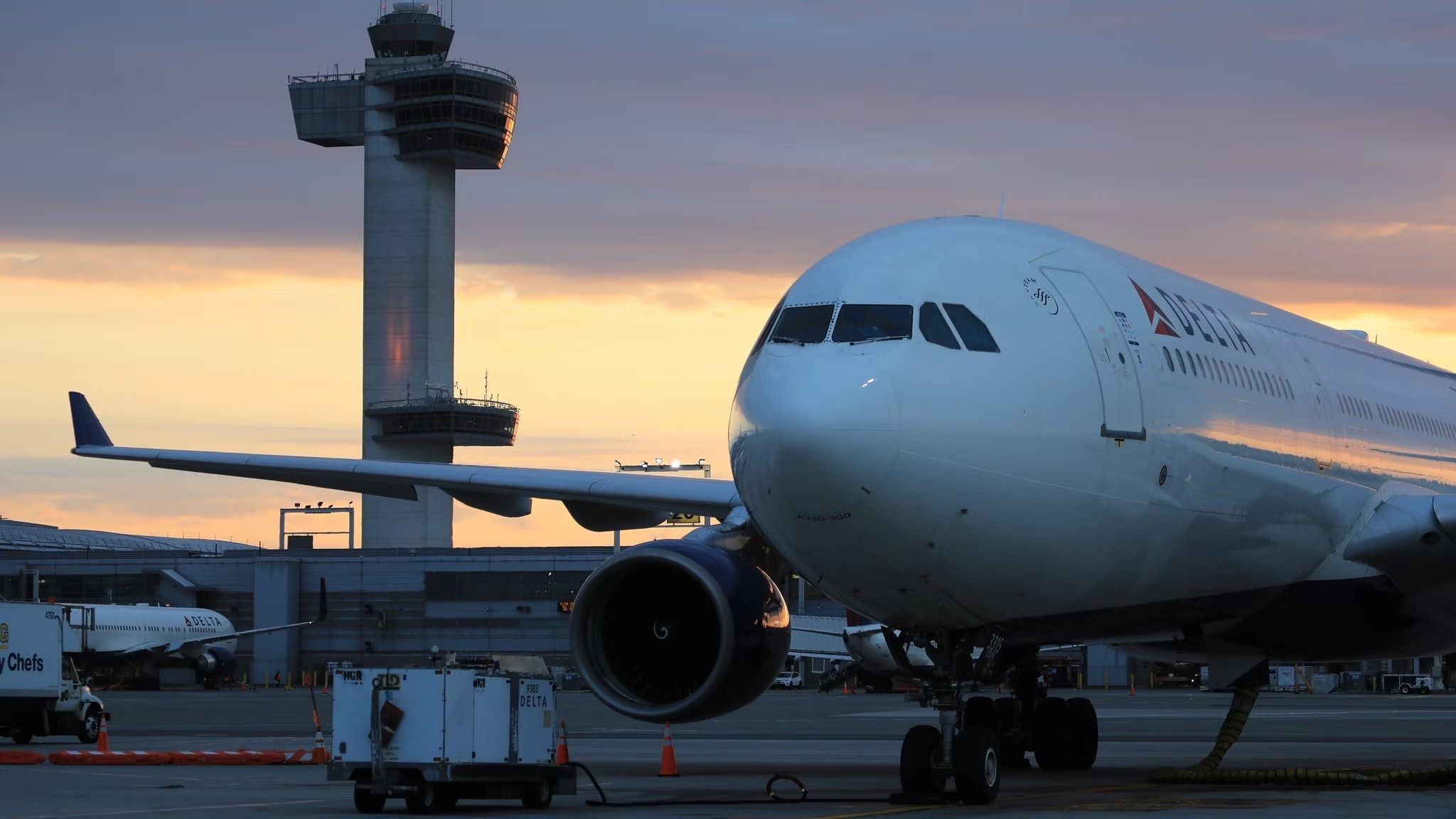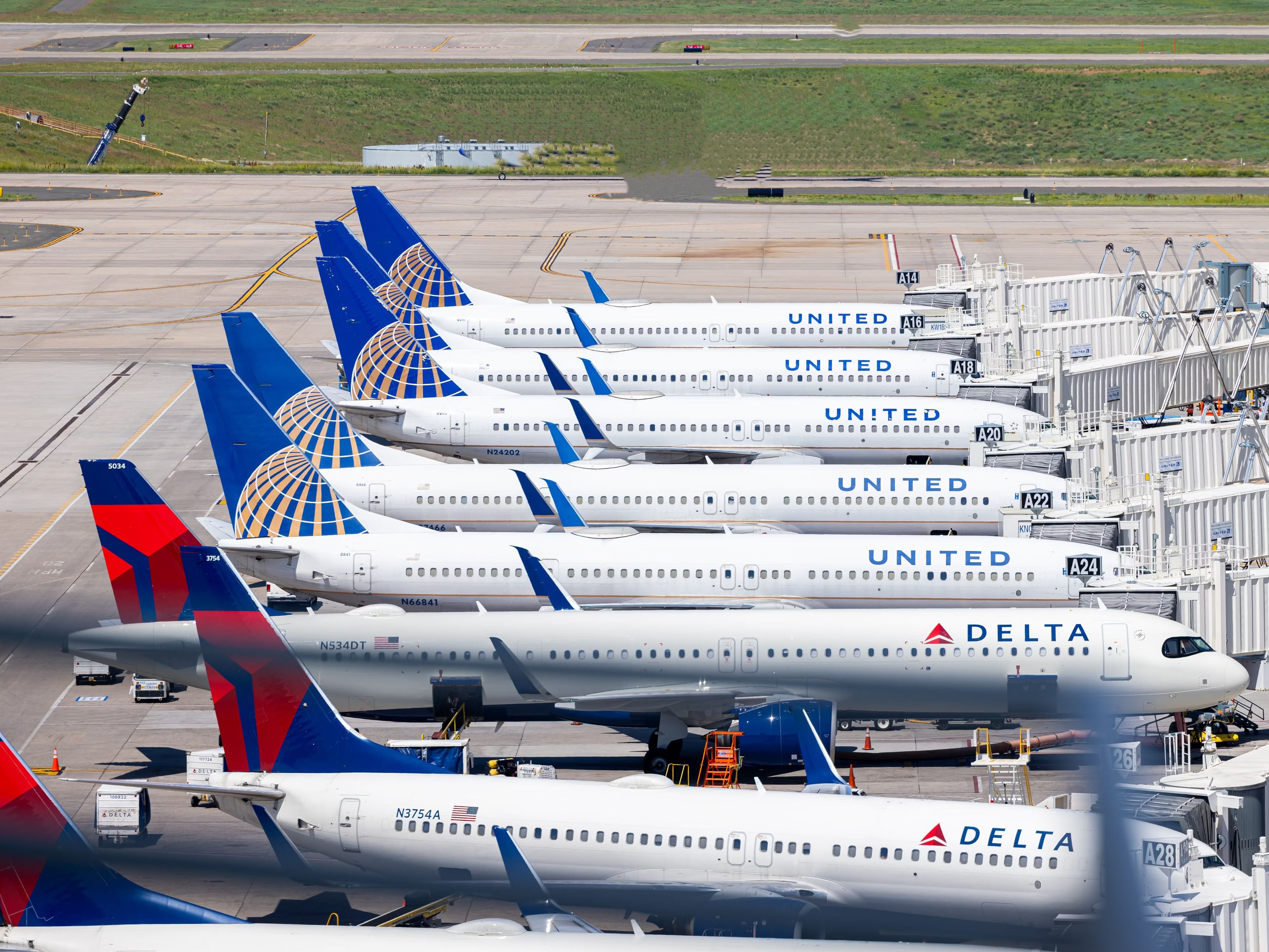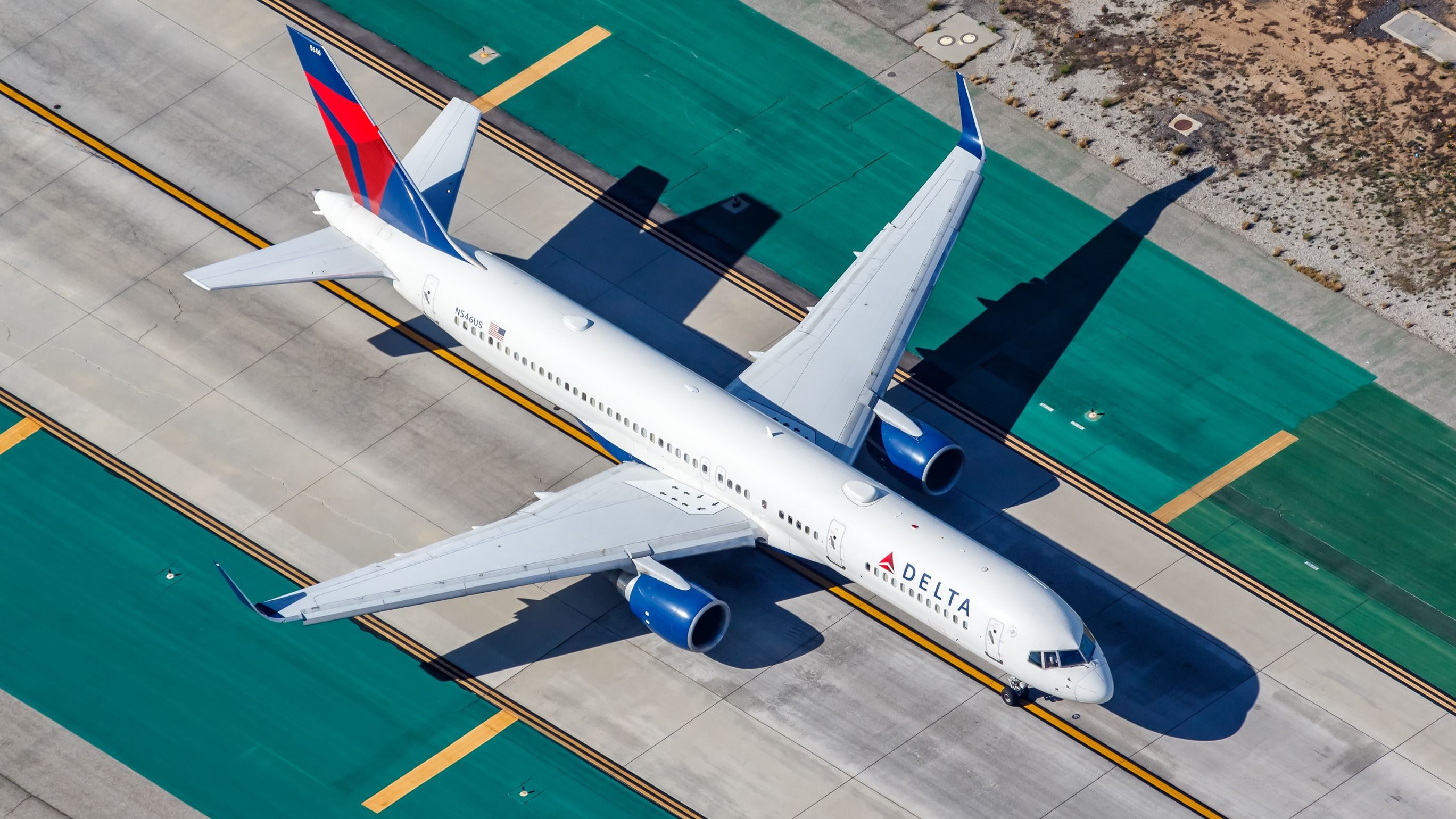For many, one of the key markers of a positive flight experience is whether a flight departs and arrives on time. For the average traveler, on-time performance can make a trip more or less convenient and pleasant. For a business traveler, arriving two or three hours late can seriously complicate an individual’s schedule, as meetings will need to be rescheduled, and clients will likely be upset.
New information from Cirium Aviation Analytics gives insight into how airport size impacts a facility’s ability to maintain consistent, on-time operations. In this article, we’ll dive into the data published by Cirium and draw conclusions about how the scale of an airport’s operations can impact flight scheduling and apron delays.
A brief overview
In assembling its report, Cirium examines the total number of flights at any airport and uses this to calculate both an average delay and the total percentage of on-time flights at the facility. This second factor is used to rank airports, and Cirium further segments airports into large, medium, and small categories.
Photo: Denver International Airport
There are some confounding factors in this data for us to keep in mind. Primarily, this data is not controlled for the number of runways, weather, or maintenance facilities at a given airport, all factors that would influence on-time performance.
Small airports prove the most efficient
Across the board, airports in the small category, such as Pittsburgh International Airport (PIT) and Indianapolis International Airport (IND), led in terms of on-time performance, with over 85% of flights departing on time. Large airports weren’t far behind, with airports including Newark Liberty International Airport (EWR) and Salt Lake City International Airport (SLC) averaging an on-time departure rate of around 84%.
United Airlines Launches New Strategy To Improve On-Time Departure Rate
The worst-performing airports were those that fell into the medium category, with airports including Portland International Airport (PDX) and Sacramento International Airport (SMF) averaging an on-time performance rate of around 81.5%. Intuitively, these results may make a lot of sense.
Photo: Markus Mainka | Shutterstock
Airports with fewer flights will be easier to manage, leading to higher on-time performance rates. Larger airports, on the other end of the spectrum, will usually have the most resources and the largest facilities (i.e., more runways and taxiways), making operations efficient as well. Thus, medium-sized airports are caught in the weakest position.
Delta’s hubs: statistically significant?
A fascinating takeaway from this data occurs when examining the on-time performance of large airports in comparison with Delta Air Lines’ extensive network. Specifically, three of the five best airports in the United States for on-time performance were Salt Lake City, Minneapolis-Saint Paul (MSP), and Detroit (DTW).
Combined, these three airports boasted nearly a 90% on-time performance rate, and all three happen to be major bases for Delta. Seattle-Tacoma (SEA) and Atlanta (ATL), Delta’s hub of hubs, also both come in the top ten on this list.
Photo: VanderWolf Images | Shutterstock
As a result, this data reveals that Delta’s hub airports maintain higher levels of on-time performance than most others in the United States. This can be attributed to the carrier’s dynamic maintenance practices and robust operations network.




